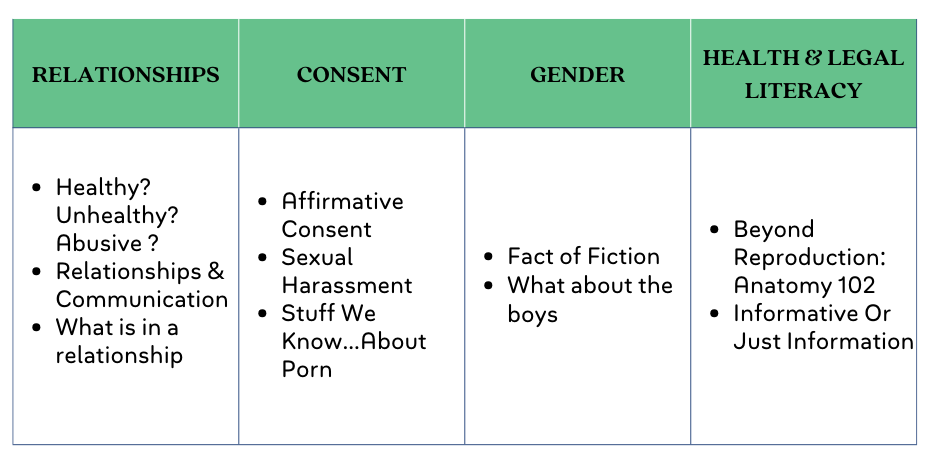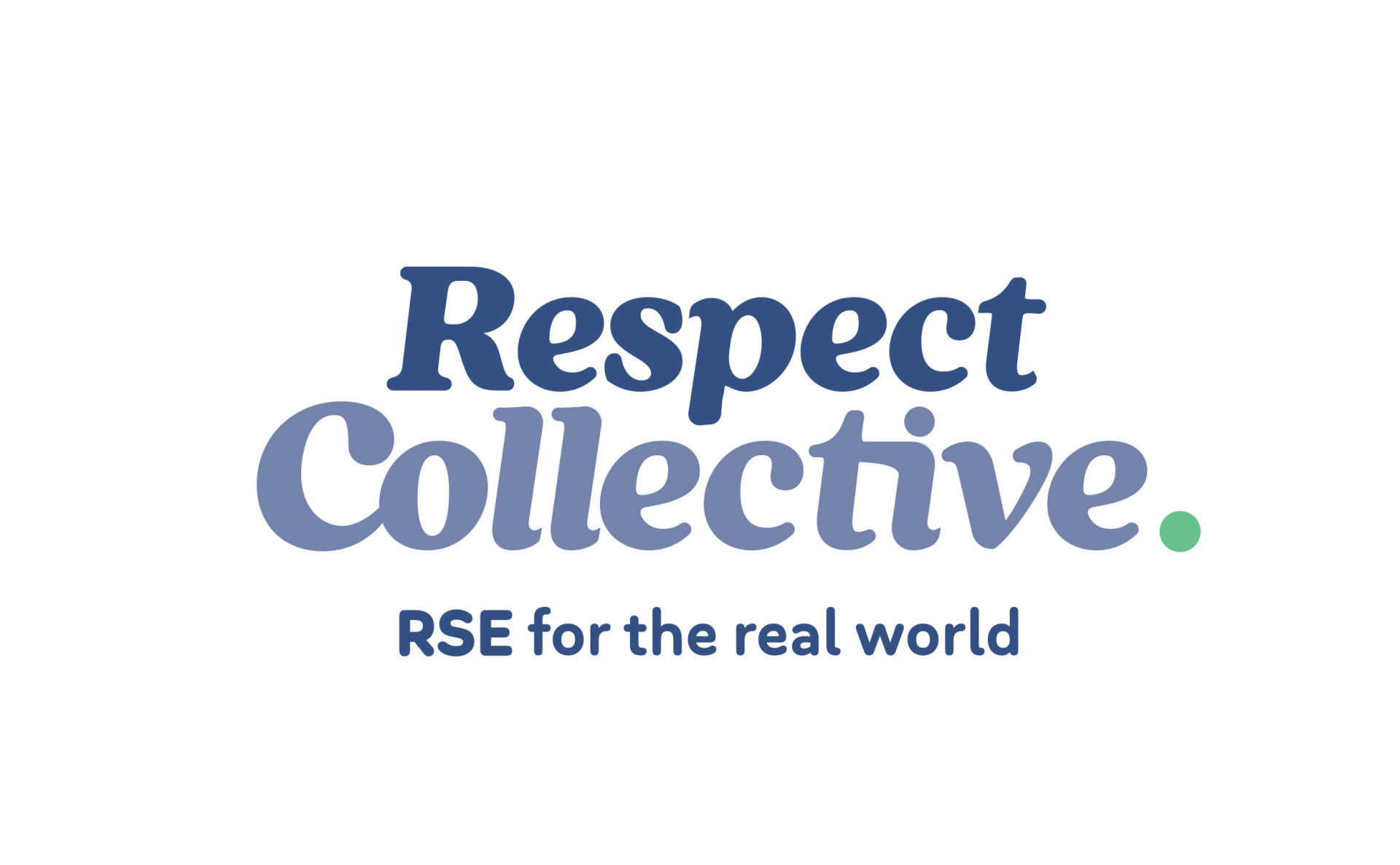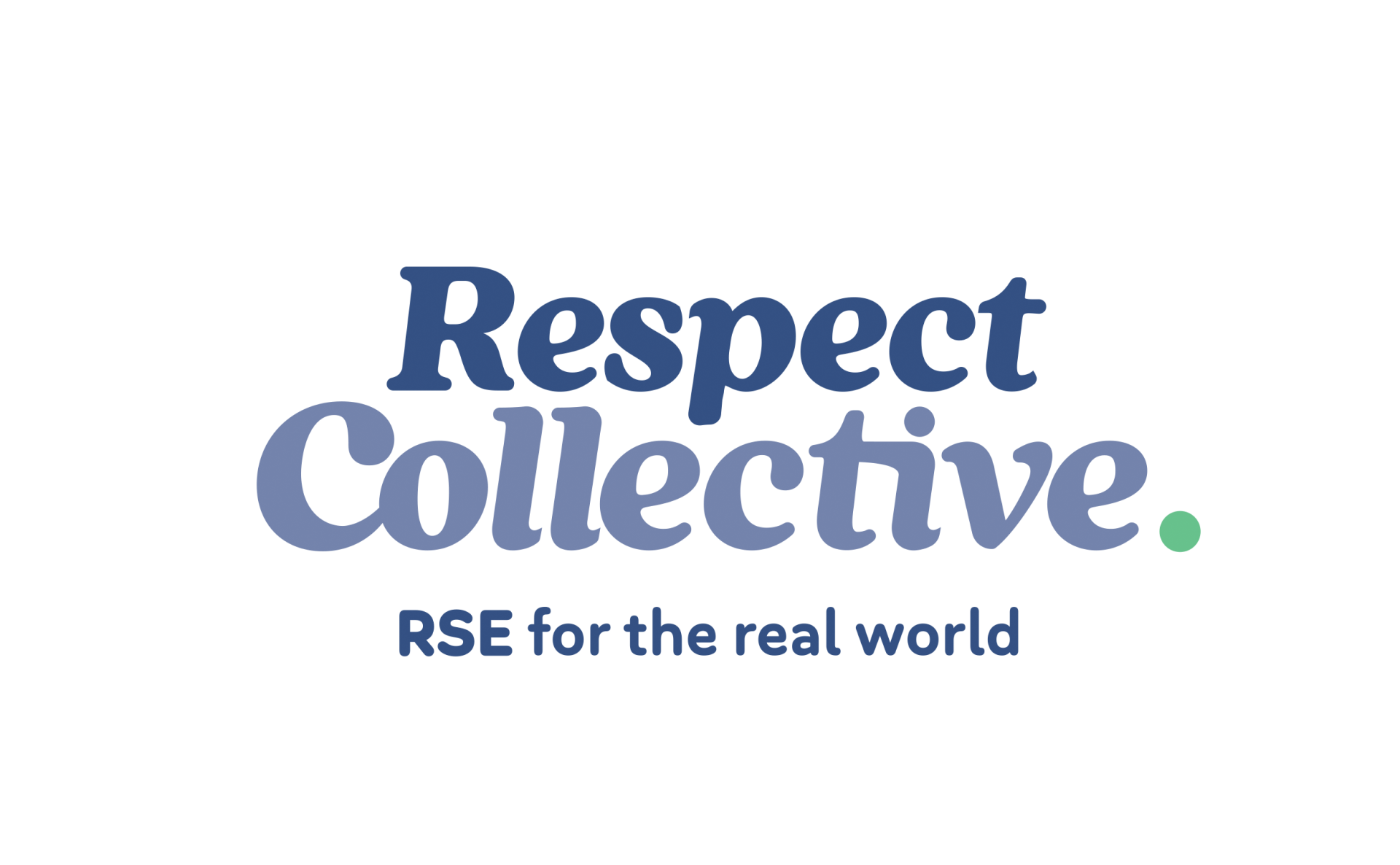This lesson should be run towards the end of the year to ensure everyone is comfortable with language relating to body parts, changes, and sexual activity.
In this Beyond Reproduction: Anatomy 102 lesson, students will be introduced to the
concepts of sexual response and genital diversity. This lesson provides an opportunity for students to learn more detailed knowledge about how genitals function. For many young people, the only information they receive about genitals and anatomy is in relation to puberty and reproduction. This does little to expand their sexual health knowledge and does not recognise the diversity that exists in genitals, not only for penises and vulvas, but intersex variations as well.
Students will explore prior
knowledge through art to produce representations of reproductive anatomy. Further
development of knowledge will occur through a small group sorting activity
demonstrating the homologous nature of the penis and clitoris. Students will
finish the lesson by reflecting on their own ideas of normal in relation to genitals.
Each lesson ends with a consolidation activity, inviting
students to list 1 thing they have learnt from the lesson, 1 thing they already
knew, 1 piece of advice they would share with a friend, and 1 adult or
organisation that would be helpful in relation to the lesson topic.


